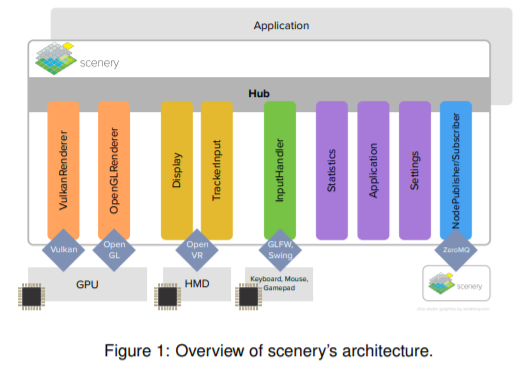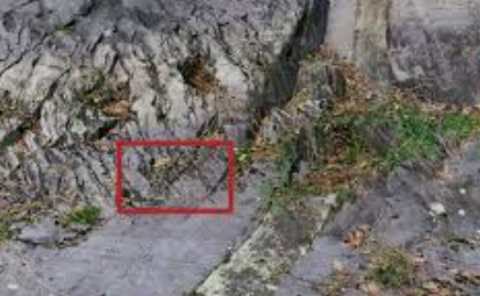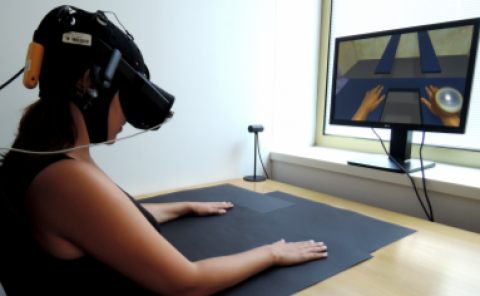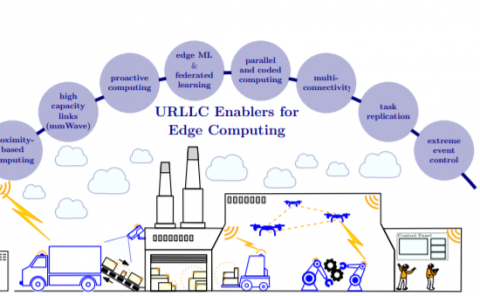scenery: Flexible Virtual Reality Visualization on the Java VM
PubDate: Apr 2020
Teams: Technische Universitat Dresden;Center for Systems Biology Dresden;Howard Hughes Medical Institute;University of Ostrava
Writers: Ulrik Günther, Tobias Pietzsch, Aryaman Gupta, Kyle I.S. Harrington, Pavel Tomancak, Stefan Gumhold, Ivo F. Sbalzarini
PDF: scenery: Flexible Virtual Reality Visualization on the Java VM

Abstract
Life science today involves computational analysis of a large amount and variety of data, such as volumetric data acquired by state-of-the-art microscopes, or mesh data from analysis of such data or simulations. Visualization is often the first step in making sense of data, and a crucial part of building and debugging analysis pipelines. It is therefore important that visualizations can be quickly prototyped, as well as developed or embedded into full applications. In order to better judge spatiotemporal relationships, immersive hardware, such as Virtual or Augmented Reality (VR/AR) headsets and associated controllers are becoming invaluable tools. In this work we introduce scenery, a flexible VR/AR visualization framework for the Java VM that can handle mesh and large volumetric data, containing multiple views, timepoints, and color channels. scenery is free and open-source software, works on all major platforms, and uses the Vulkan or OpenGL rendering APIs. We introduce scenery’s main features and example applications, such as its use in VR for microscopy, in the biomedical image analysis software Fiji, or for visualizing agent-based simulations.



